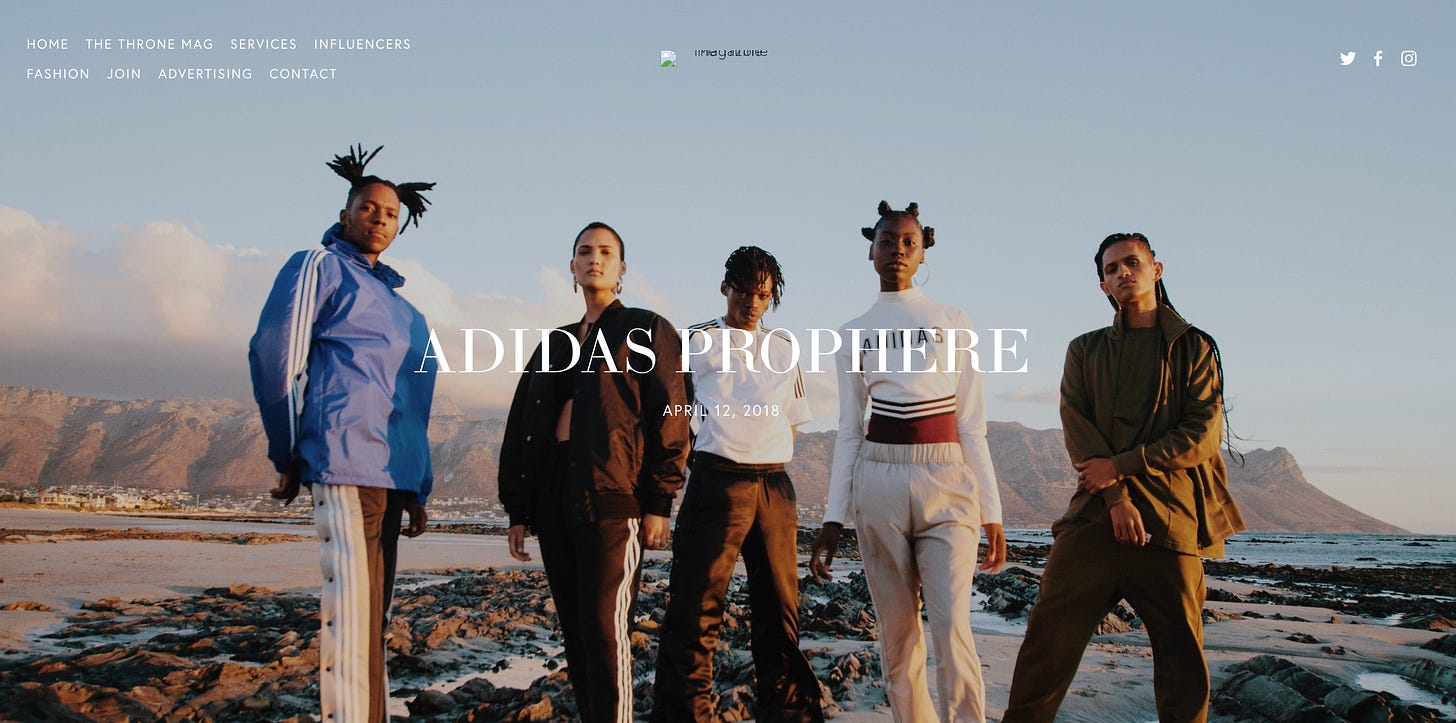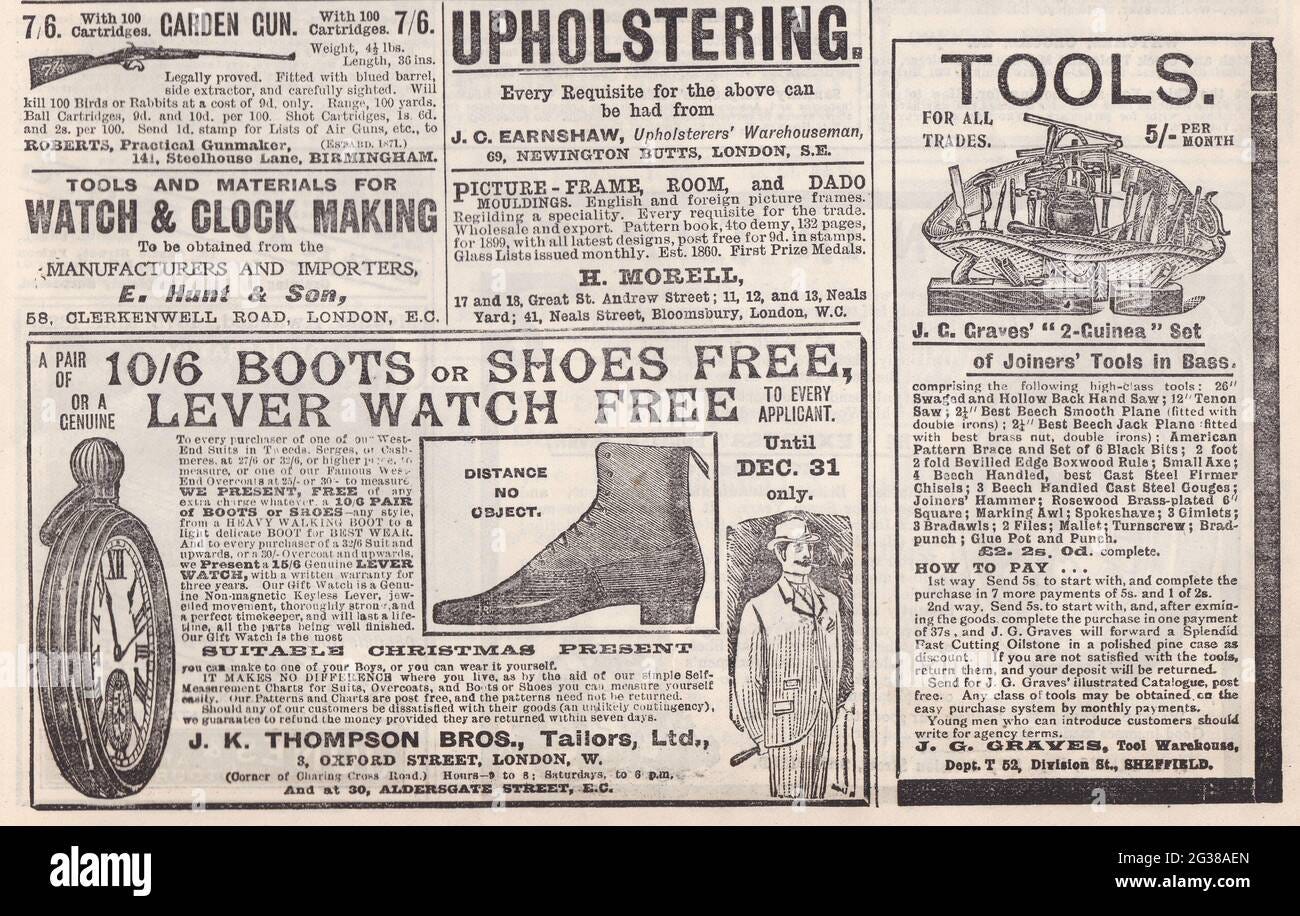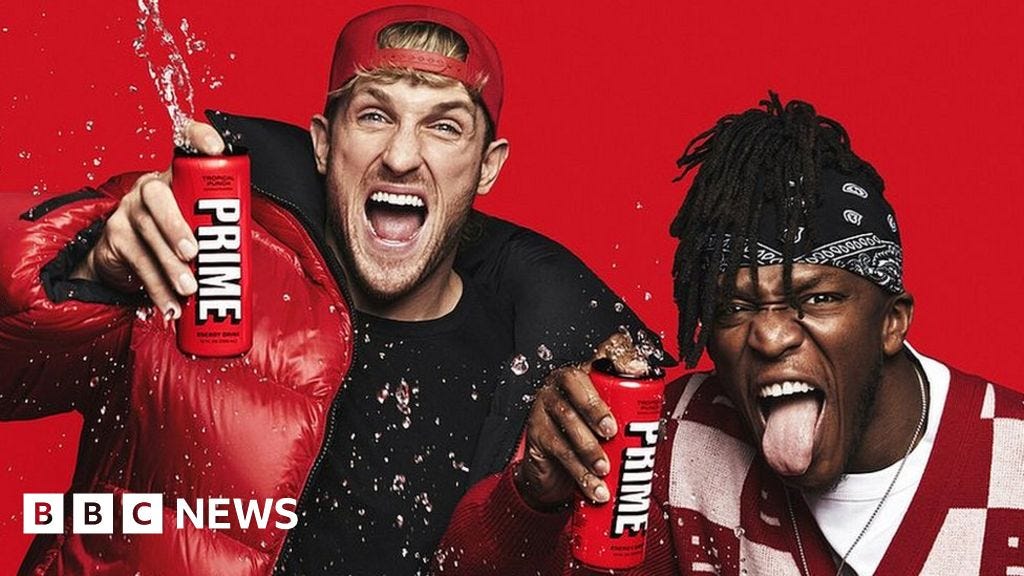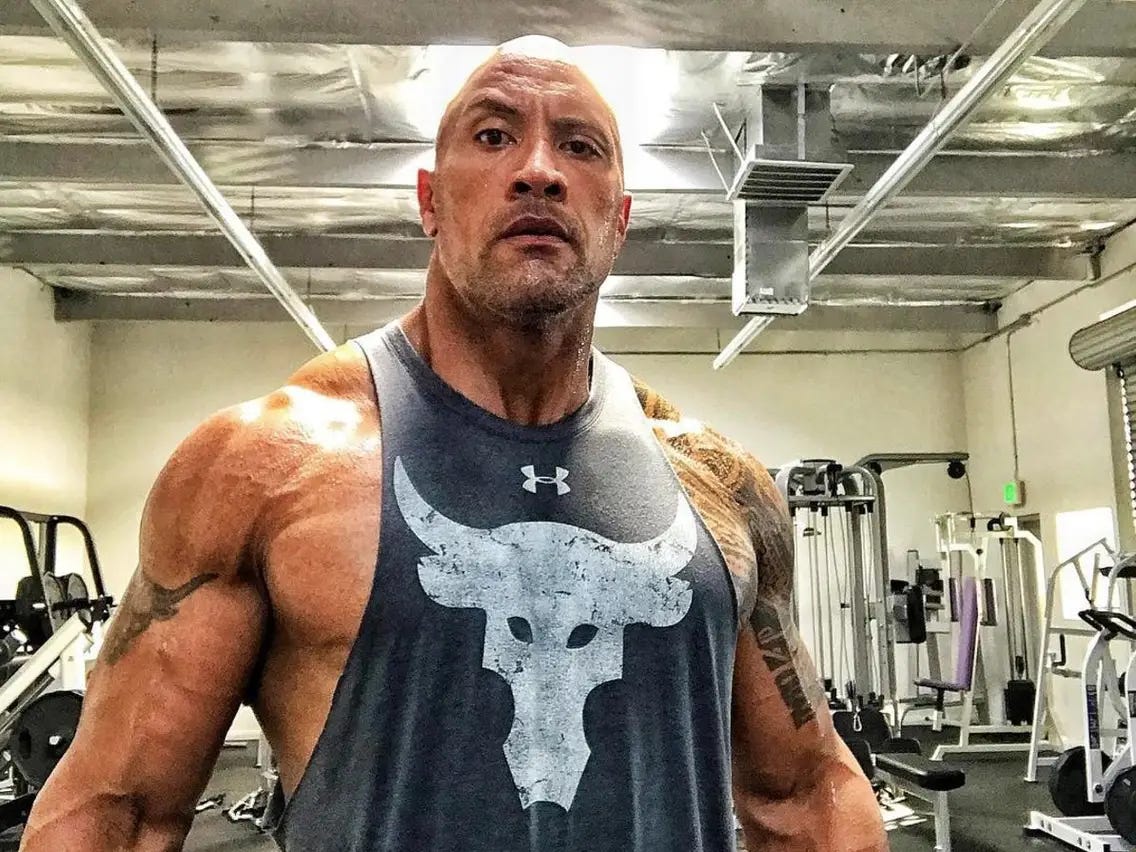#94: How do we really feel about being billboards?
Three questions to help you see through brand stories this week
I wrote a book on South African inequality. It might be worth a read. Walking through all those minefields of race, colonization and capitalism the chapter I was most scared of writing (genuinely) was on consumption. Here’s why:
One of the easiest ways to see the stories we believe is by the clothes we wear. They’re like billboards. Or, they are billboards. That’s their point. Before you panic, I like Addidas as much as the next guy. Irrationally I would gladly, joyfully, ecstatically spend R10,000 on a pair of sneakers I deemed ‘swag’. So don’t feel judged, or pressured here. We’re just talking about stories and awakening to the ones we believe and tell to the world around us.
In the early 1900s, newspapers were the media of the day. To make money the newspaper had to sell enough papers at a price and volume that exceeded their costs which as it turns out was not so hard. Papers sprouted like mushrooms following their specific passions. Obviously, a radical press emerged in the UK that reached a national working-class audience. It fuelled growing class consciousness. Unified worker’s goals. Fostered an alternative value system and promoted equality which gained a massive following. That was The Daily Herald. It had 9.3 million readers; double The Times. So far so good. The story up to this point shows something hopeful; that we actually do want to listen to meaningful ideas and not just trash.
Intro advertising. With advertisers’ support papers could slash their prices and sell their products well below the cost price to kill competition. And that is exactly how The Herald died. Slow asphyxiation. Strangulation. The simple lack of advertising support. ‘Radical’ ideas like equality always rub our ideological pillars up the wrong way.
It’s no conspiracy, just logic. Brands want to be in places where people will believe their messages. The fruit of that logic is in 1986 there were 1,500 daily newspapers, 11,000 magazines, 9,000 radio and 1,500 TV stations, and 2,400 book publishers. Today there are 9. Nine transnational conglomerates (Disney, AOL Time Warner, Viacom, News Corporation, General Electric (owner of NBC), Sony, AT&T–Liberty Media, and Vivendi Universal) who control ALL, yes all, the stories we hear and wallets we think are so carefully concealed. Nine...
Mass media is interested in attracting audiences with buying power, not audiences in general. Quarterly profits keep good people turning their little cogs. Hollywoodbets and alcohol brands profit off the South African poor’s misery and grab the pennies of their pitiful grant. And affluent audiences spark advertiser interest as much today as in the nineteenth century. YouTube is a hunting ground. So is Instagram. And Tik-Tok. All those boobs and bums and six-packs suddenly make sense, right? And if you wondering what about Amazon Prime Netflix or Apple+. Same idea, you just have to look a little more carefully. James Bond’s billion Rand deal for us to see a few bottles of Heineken. Netflix's LGBTQ+ agenda. Apple+ relentless use of their product placements and DisenyPlu’s Zionist focus should make sense according to this logic if we are critical enough to see the wood being forced through our eyes.
We’ve been dupped. In 1947 De Beers launched an advertising campaign for diamond engagement rings with the slogan "A diamond is forever." The campaign was extraordinary in its scope and four decades later has changed the way we think. In 1984 a tiny shoe brand called Nike launched Air Jordan 1. The estimated sales target was $3 million. They made $126 million in the first year alone off being on someone's spectacular feet and let’s finally be honest, the shoe is not even that cool? And who can forget the 2023 meteoric rise of Prime Sports drink driven by the two YouTube sensations KSI and Paul Logan? An 18-month-old brand with our teens screaming in shopping queues that if they didn’t have Prime they would literally die (followed by a whopping $250 million in retail sales).
What we wear is a product of the stories we believe. Nike? That says something about us. Under Armour? There’s a Rock-induced story behind that too. Polo? Possibly the people and places we hang out. You get the point…
The mighty The Hearld burned. So did McClure's muckrackers. For almost a hundred years they shone a lamp into the world and it made us feel better and worse about ourselves. It induced proactivity. Engagement. Thoughtfulness. Today still there are thousands of examples of similar content. Substack for one. Daily Maverick might be another one. Thousands of TV series, books, movies, and people working hard to create a better world. A world where we make up our minds for ourselves. And we want that. As humans we are smart. We aspire to just. We want equality, harmony, peace and progress. But right now without a bit of effort, we are the geese and mass media is force-feeding us a revolting diet so that brands can feast on the spoils of our Foie Gras...
Ok, solution time. Here are three quick, practical questions to help us formulate our slow response today:
One: Ask yourself why you love the brand you do? Don’t do anything about it today. Just ask. Is it because your friends wear them? You see them on TV or YouTube? Do they provide you with status, recognition or affirm your mission on planet earth? Hmmm…
Two: Be awake when watching media this week. Ask yourself one simple question - who is profiting off this story and what are they trying to sell me? South African newspapers and social media are full of hilarious political swirling which is probably a great place to start.
Three: Be brave enough to try to talk about media with your teenagers. I wrote another book on social media and its impact. It might also be worth a read. We’re all passionate about the stories we believe. None more so than teenagers. Social media is an identity as much as it is a source of information and entertainment and that makes it dangerous to talk about. Irrational even. But this week be brave enough to try.
Hope you have such a blessed week.
PS. Freedom is the greatest part of being human. It is the greatest part of the Christian religion smart enough to be unshackled from understanding predestination or even God. It is the greatest part of having a soul and being given the choice to stuff it up if we want to! And that is why I am so scared of writing on fashion and consumption… Freedom comes first. Without that we fall into dogma, stinky religion and disgusting stuff like dark communism and cults.
That’s not what this piece is about. It’s about seeing. Critical lenses. Not following blindly like sheep but instead awake to the awesome possibilities our free choices present. And again, I celebrate breaking my own rules liberally whenever I get the chance. And why shouldn’t we? Fashion and what we wear is individualist, artist and extremely important to our identity.








